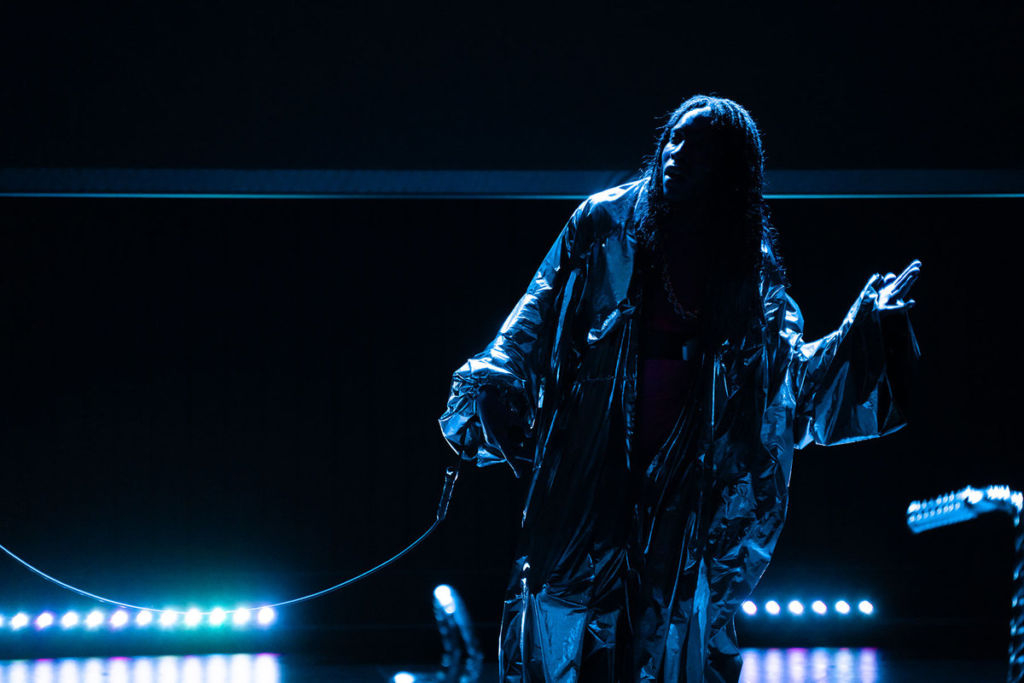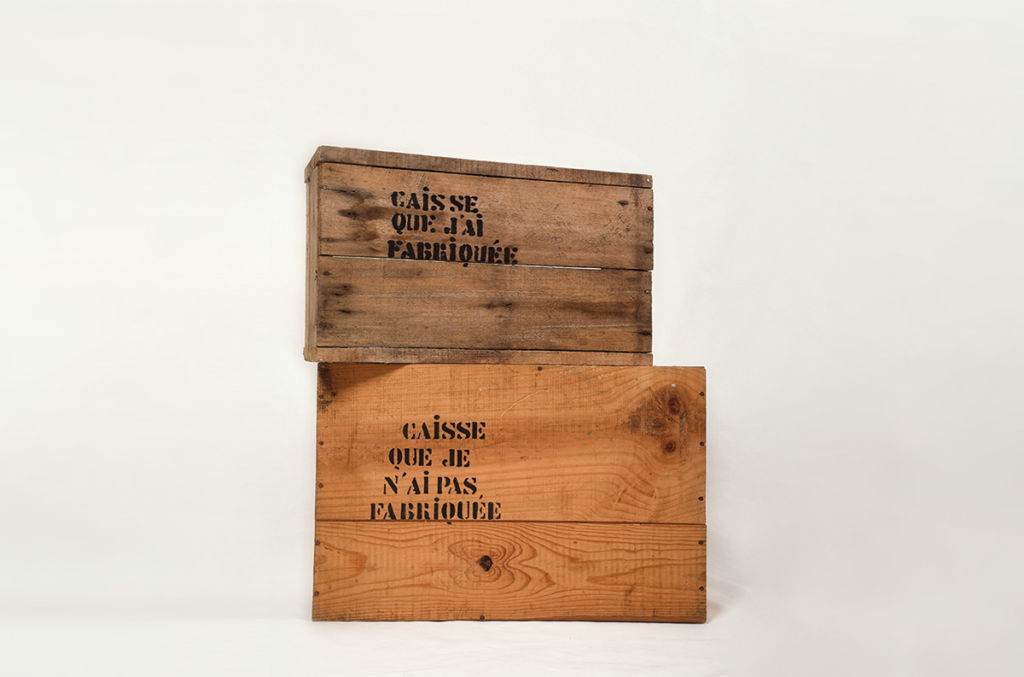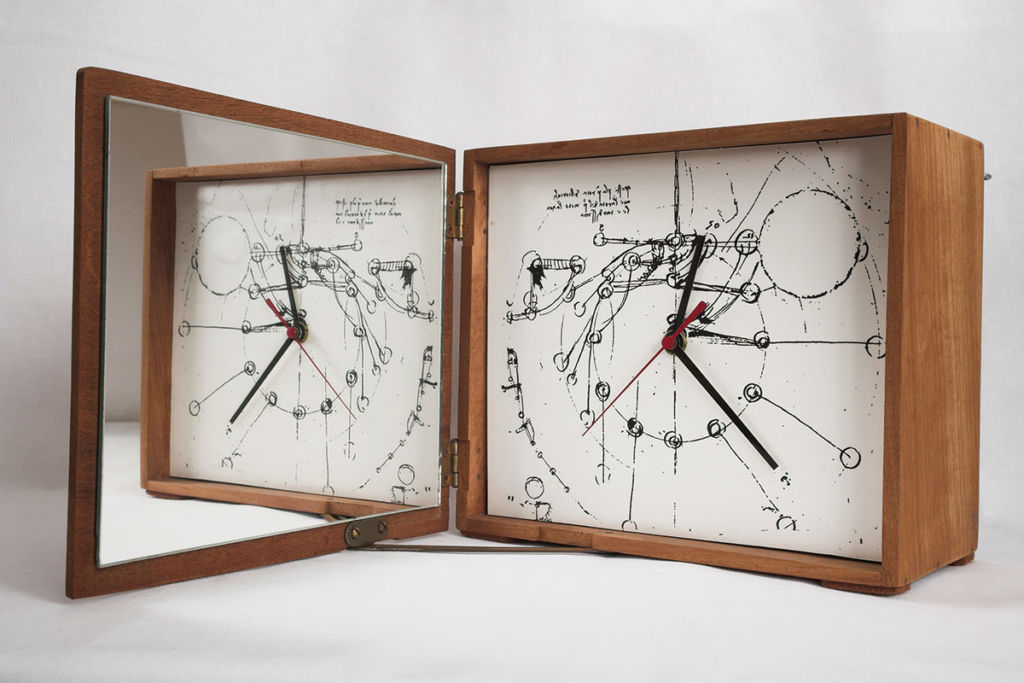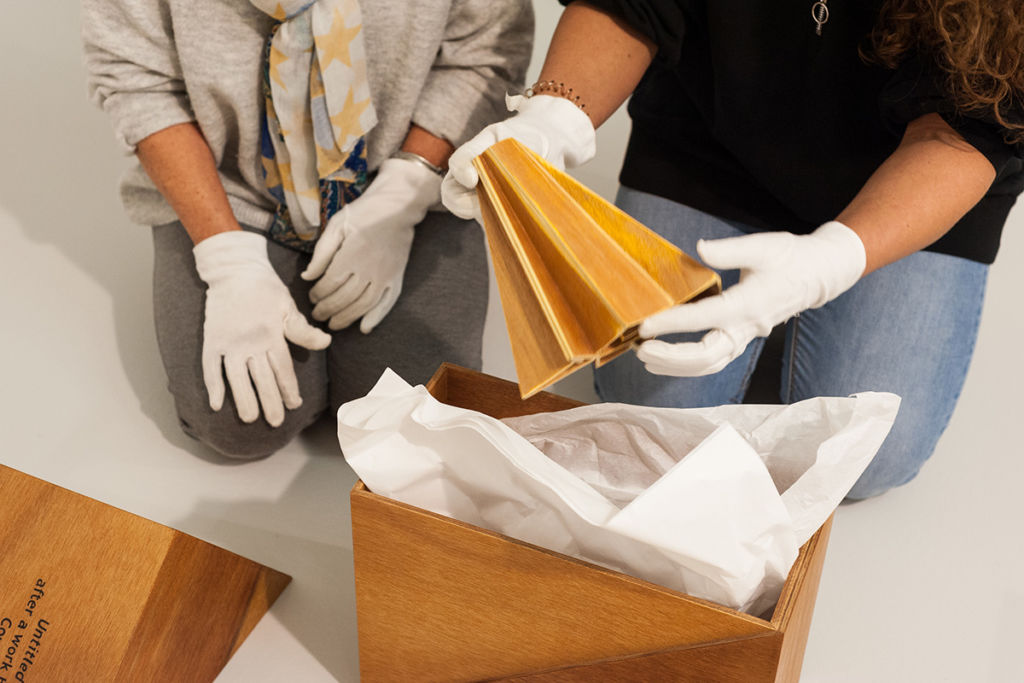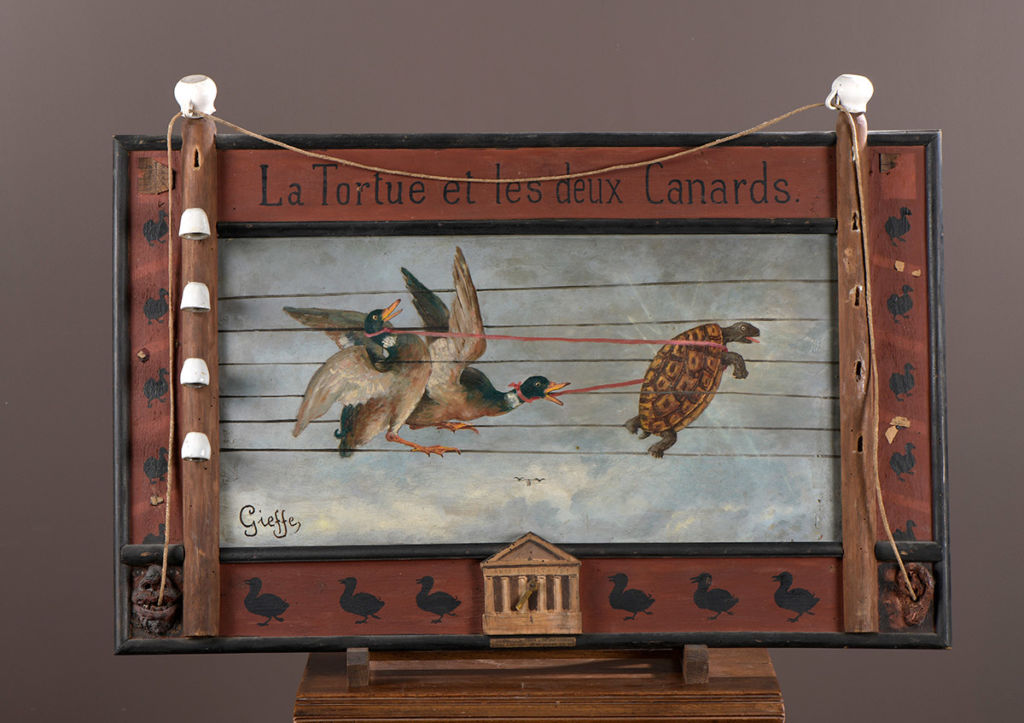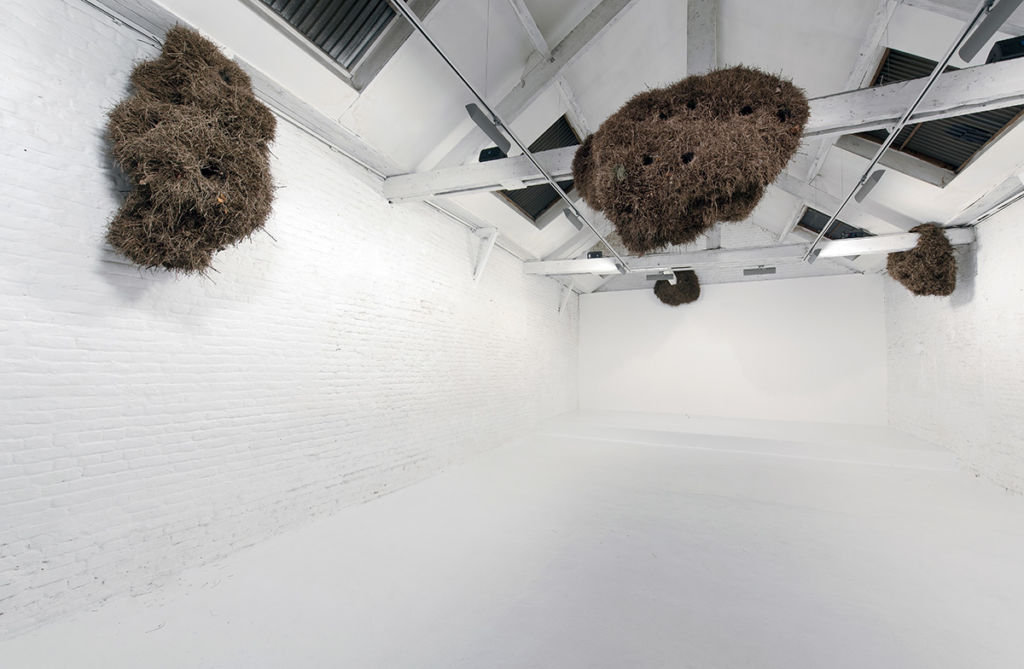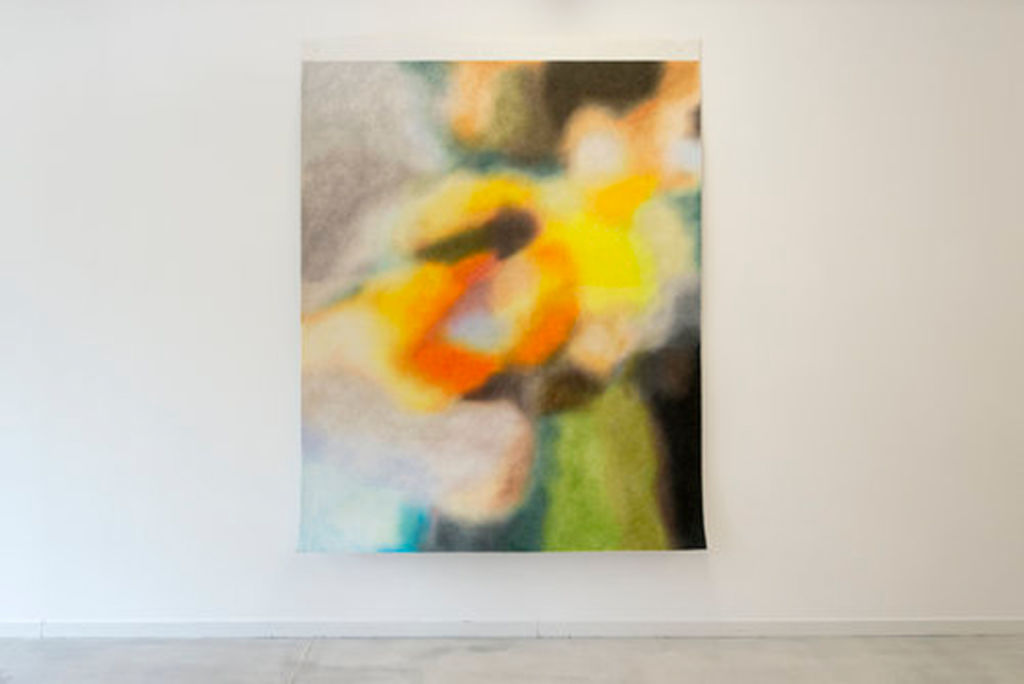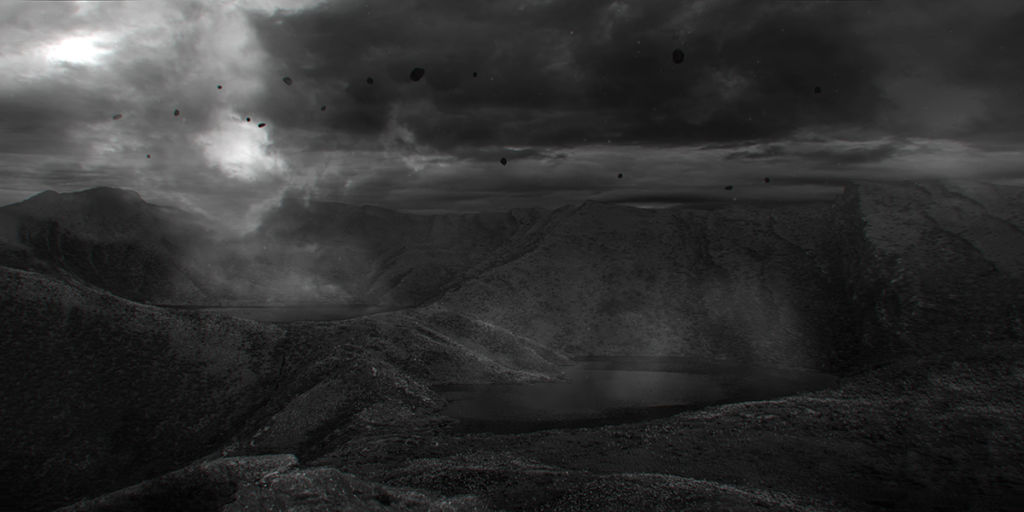On stage, Cherish Menzo’s stature is impressive: steel body with protruding muscles, oversized false nails, long braids, teeth covered with a grill and vindictive expressions. After having performed for numerous choreographers and as a soloist under the direction of Benjamin Kahn (Sorry, but I feel slightly disidentified…), the Dutch dancer and performer reappropriates in her solo JEZEBEL the aesthetics of the Video Vixens, those athletic and outrageously sensual young black women who appeared in the mainstream rap videos of the 1990s. Female empowerment or commercial exploitation? What remains of this figure once transposed into an abstract universe? Gendered and racialized stereotypes are deconstructed in order to establish a new identity: that of an uncanny, post-gender Jezebel.
I discovered your previous performance in collaboration with Benjamin Kahn at actoral in 2019 and it was an intense experience. Can you tell us about your background ? What were your previous pieces ?
I studied jazz-musical and dance which later became urban contemporary dance at the Hogeschool voor de Kunsten in Amsterdam. Back then I mainly performed for other choreographers. In 2016, I had my first collaboration with Nicole Geertruida, for our piece EFES. It was based on physical exhaustion on stage. And then; I met Benjamin Kahn. We worked together for 6: THE SQUARE, a piece by Nicole Beutler, and we had a big desire to collaborate. He proposed to create a solo for me, which became Sorry, but I feel slightly disidentified. It’s a super complex performance and collaboration for us, due to the thematic of the piece, the conflict between different identities and the social, sexual and racial stereotypes they’re related to.
And maybe most important, how we relate to those identities. A year later, I’ve created a piece with experimental musician Müşfik Can Müftüoğlu called LIVE, a crossing between a dance performance and a pop-rock concert. And recently JEZEBEL. Especially due to the solo with Benjamin Kahn, it became clear to me that I’ve been quite conflicted in my body within the performing arts. It kept popping up in conversations and also in the process of EFES, the first duet that I did with Nicole. Already then, the fact that we put ourselves in white uniforms to sort of clean out stereotypes made Renée Copraij, the dramaturge of JEZEBEL, ask us: “ I’ve seen you guys, you dress so well in your daily clothes, why are you wearing those uniforms?” Since Sorry, but I feel slightly disidentified and JEZEBEL, I’m not denying my own conflict with my body in the field I’m working in anymore.
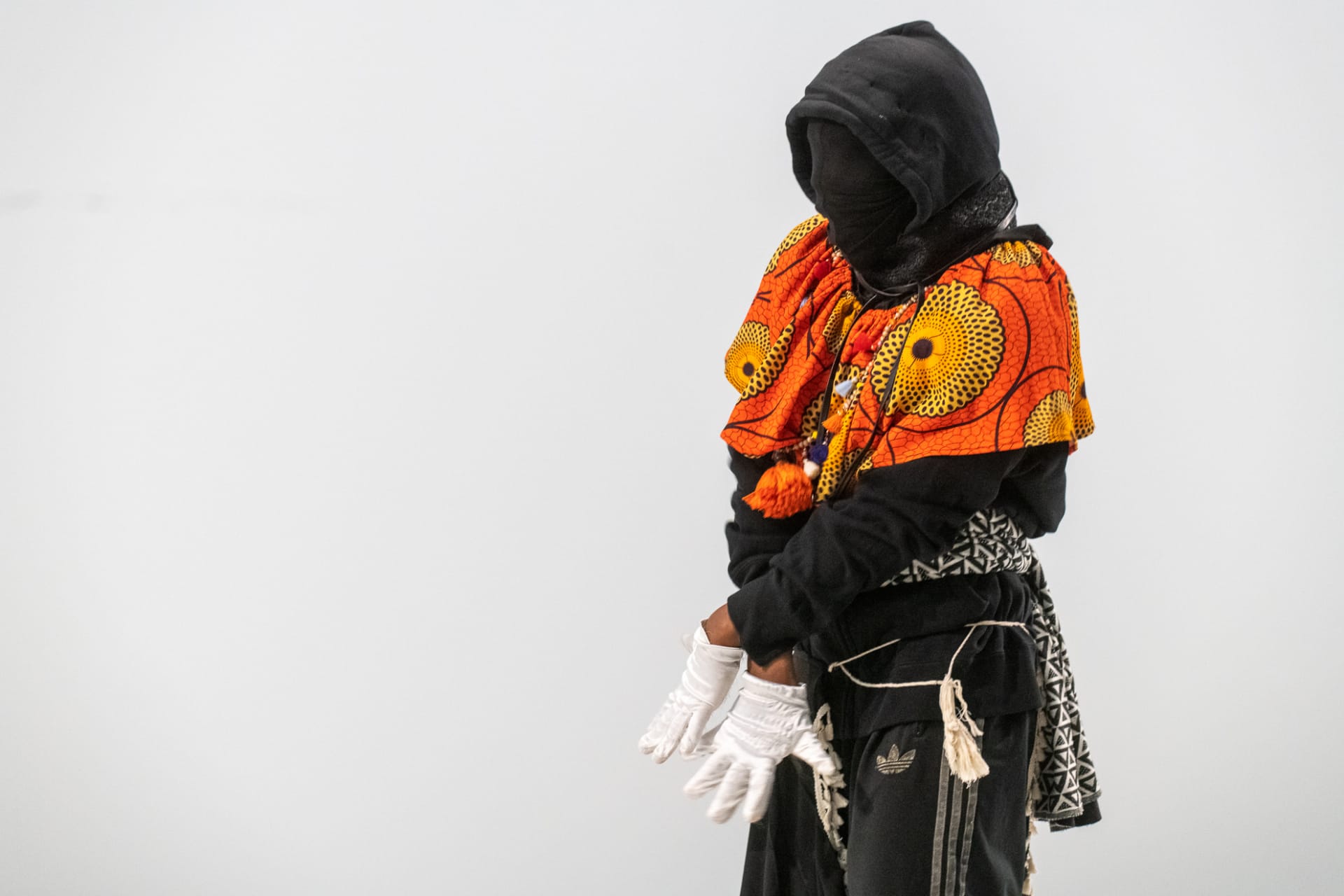
Cherish Menzo in Benjamin Kahn’s Sorry, but I feel slightly disidentified, Lafayette Anticipations, september 2020 © Martin Argyroglo
You’re pushing the boundaries of how a body can move on stage, while assuming multiple shapes and identities – male, female, disguised and anonymous, empowered and proud.
Yes, true. Sorry… proposes an ongoing series of transformations where Benjamin tries to question the hybrid and moveable identity – as a strategy. In my own work, I’ve been intrigued by literally exhausting the body, having to sink your teeth into something which in my opinion makes for more authentic work and also how pushing this exhaustion a step further can create a new form. Something more enigmatic maybe? In JEZEBEL, I decided to exhaust my voice, I do this gibberish rap at the end. But it’s not only about the aesthetics of rap and being able to spit the bars, by stretching the time and saturating the words that are so often and commonly used in rap lyrics, it became a different form of exhaustion: “Let’s see if I can actually make it!” Maybe I won’t manage ! So this for me creates a different alternative and a new proposal.
You’re also reappropriating yourself the stereotypes of black culture. Your multiple identities are encapsulated within one single body, mixing various ethnic lineages.
I think it’s great that now we managed to verbalize things. We have learned a lot of new terminology to name things more accurately and we distinguish the political side more now in contemporary performing arts. But I do hope that the ambiguity can stay as well. I know I touch upon these things and at the same time, I don’t necessarily have the need for people to identify my work as ‘’Black art’’. Socially, it’s a weird concept. But at the same time, I also understand it’s necessary because of our past and how we classify things. I think we’re at a sort of a transition point, a tipping point at which we – including myself – start to understand how it is maybe better not to immediately put a label on things but to see how we experience performing bodies and difficulties that come with the bodies, and that hopefully things can just become more fluid.
We shouldn’t get bogged down in the roles that society wants each of us to play, in a way. In your performance with Benjamin Kahn, the layers of clothes were also connected to the layers of music and each bit of music – even on its harshest side – was connected somehow to a cultural reference. And it seems like in JEZEBEL you keep on exploring the multiple identities and how your polysemic character can incarnate the various cultural schemes and societal assessments. In your opinion, how can we put an end to this process of reducing identity instead of expanding it ?
Good question. I am not sure if a piece like Sorry… or JEZEBEL is actually making an end to it. I do think they are really in your face, especially Sorry… . Hopefully these performances also make us question this process. For Sorry…, Benjamin researched the concept of Disidentification by José Esteban Muñoz. Through this concept, he tried to understand how this could inform ourselves for the performing aspect of the work. How can one body have multiple identities or how do we relate to the body if the performativity does not fall into place with the image we see. For example, the image with which Sorry… opens is one where I’m covered in different fabrics from India, Middle East, Europe… It seems random but is actually created with the aim to address the question of how this triggers us and what the associations are that we have when we see these images. We also performed a shorter version of the piece, with a talk afterwards for schools in Norway. My gender would often be questioned there. A lot of the students were convinced that I was a man in the beginning. And then, when the clothes came off – especially the boys, because they tried to provoke me in the beginning with their comments – when they saw I was this tall lady in these high boots, they were like : « Oh, my God, wait a second. How do I feel about this?” So, I personally don’t see a clear end but a different conversation. One in which disidentification and intersectionality have been great tools for me to view things from a different angle. Tools that can break down the standard boxes. I’ve been asked to do several interviews and often get questions about our relationship to certain bodies and their place in the performing arts and society. I know that JEZEBEL also touches upon these questions and that representation is of big importance. But my proposal and opinion about this cannot be regarded as a general, encompassing something. Other black women might connect differently to this work, have a different view on hip-hop culture. Which for me makes the conversation even more rich and interesting.
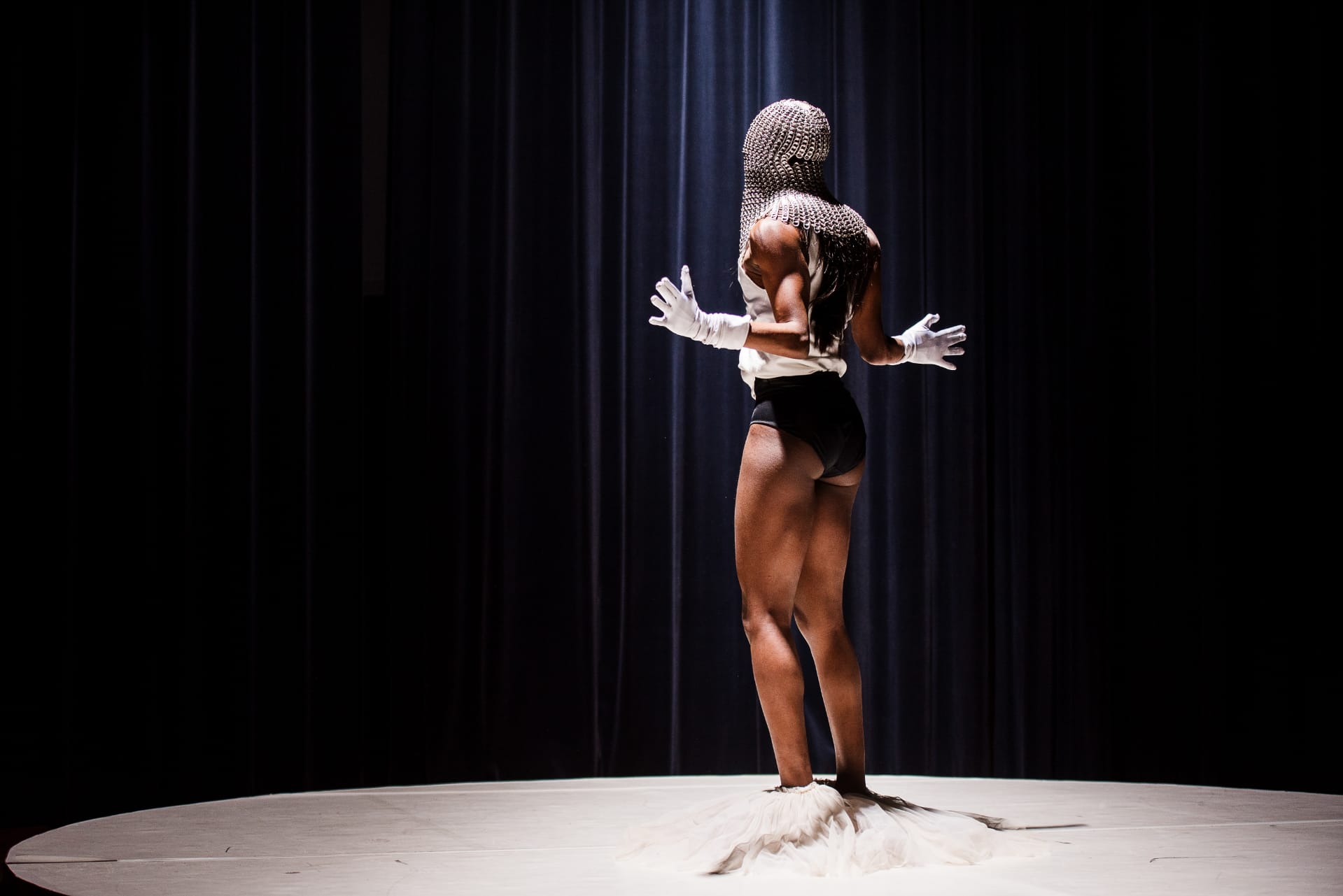
Cherish Menzo in Benjamin Kahn’s Sorry, but I feel slightly disidentified, Lafayette Anticipations, september 2020 © Bas de Brouwer
Did you grow up with nineties hip-hop culture ?
Yes. It was two days ago that a technician at the theater, who actually passed by sometimes during the creation, expressed how he was pleasantly surprised with the outcome of the piece. His references of hip-hop were more those of the early 1990s with acts like A Tribe Called Quest, Biggie and 2Pac. While mine are more those of the late nineties and early 2000s like Jay-Z or 50 Cent, which were also way more mainstream and also the acts through which I encountered the Video Vixens. Looking back, it is interesting to see how women have moved through hip-hop/rap and how this has been expressed in different ways. How for example Salt-N-Pepa, Lil’ Kim and Missy Elliott emancipated a lot of rap and also created this reversal and reclaimed the language. They used the language of the male rapper to their benefit.
Can you tell more about the Video Vixens ? They were as much emphasizing the feminine empowerment than being a foil of male rapper fantasy. In the meantime, it didn’t leave much room for any other type than binary sexuality.
For me, my first meeting with the Video Vixens I’d say, is really by watching a lot of MTV. Before distinguishing the vixen, I already had an eye for the dancers in the video clips and I remember the short dance phrases in those video clips felt so special. And then at a certain moment, you would have models that took up these main roles in video clips of rappers. And I mean, during all those years, I didn’t really acknowledge the notion of this hypersexual layer, the relationship male / female in those clips and the lyrics being problematic. It was more about these styles that we appropriated from the States (US) here, especially in the Netherlands, were such a cool thing. And then there were those women in these video clips, who seemed to be acknowledged by the male rappers. They were not always as dark skinned as I was, but somehow there was this recognition and the representation of a body that I could identify with being a teenager, going to the club. So this whole scene and culture is something that I think people of my age appropriated in order to express themselves. And it became a lifestyle in a way. But then I went to school, to the dance academy and had a strong desire to become this technically skilled, Western-European approved dancer. I didn’t do it consciously but soon I started to push former influences away, including my relationship with hip-hop dance and with the Video Vixens. Later when seeing artists like Nicki Minaj, I initially reacted skeptically at how she represented the (black) female body in mainstream media. I saw her as a version of the Video Vixens, very sexual, but refusing to be regarded as a victim and utilising the words of male rappers. It was confusing. I was like – ah, she puts such a negative image of a black woman on the screen. I started the creation of JEZEBEL very critically, I was like, it’s not OK that people look at us that way. And that we maintain this image. But during the process, this dissolved and I saw the broader spectrum with its complexities, nuances and contradictions. I realized how colorism was a big aspect of this also. Me being a young black girl, I identified with these women. But at the same time only few of them had a darker skin. I was stunned to see a darker skinned model in the video-clip Frontin of Pharrell Williams. Also the interaction between the rapper/singer and the model was very different. So I was like, « oh, that’s me, that’s me ! » You know? So all these little nuances and aggressions also in media that form us a lot and make us identify with our own bodies and with the outside. This really became clear to me during the creation process of JEZEBEL. And the way how I look at the Video Vixen now, how she carries all these complexities within her. She is being used for her sexuality and reclaimed her sexuality, she has been objectified, she took centre stage, earned a lot of money and at the end was so important in these video clips.
The commercial and sexual exploitation rather than emancipation.
Still today, even in the process of performing JEZEBEL, I like that it’s not one thing, it’s not only one sided. There’s also an element of criticism. In the creation, again, what I realized is how many things today still find their roots in slavery. For instance, there are three archetypes that I researched for this piece. You have the Mammy, the figurative image of a black woman – a bigger woman, a motherly image, always smiling, taking care of the kids. Then there is the Sapphire, which is a more sassy caricature and is often depicted as the angry, mad black woman. Finally you have the Black Jezebel which links the black female body to hyper-sexuality, seduction and lewdness… This maturity of a black female body is often even projected onto black young girls. These three archetypes gave way to many stereotypes and paint the way in which the black female body is portrayed in mass media and they also influenced the way we see Video Vixens, and how they present themselves.
You’re exploring a phenomena that is 30 years old. But what about today? How would you say that such a phenomenon evolved ? I have the feeling there’s more and more empowered women involved in the hip-hop scene.
We see more female rappers and they don’t have to perform masculinity. Back in the days, I had the feeling that when there was a female rapper, like Queen Latifah for example, there was more this masculine performativity about it. Which is fine if you identify yourself with it, but sometimes I did question if it was just to live up to the male standard. Now, I see female rappers, openly exploring sexuality and being aware that sex sells and they won’t refrain from using it. If I think about teenagers and how they develop themselves with the help of visual pop culture in the late 90s and now, I do see many similarities . We’re always triggered by images but we don’t always see these underlayers. Like the latest clip of Cardi B featuring Megan Thee Stallion called Wet Ass Pussy: it’s super explicit! Today, I can approach it from different angles which are not only negative, but I still find it quite shocking. I still think that such a video clip can have a big influence on how young women see themselves and would like to be seen. I do believe there has been an evolution in the sense that we are more capable of reading the underlayers and that there is not just one form, we have a broader access to different proposals. There is also an evolution when it comes to male rap artists in a way. I find it funny to see that maybe Jay-Z might feel he had his time, and to see how Beyonce is so much in the forefront with Jay-Z next to her now, instead of the other way around.
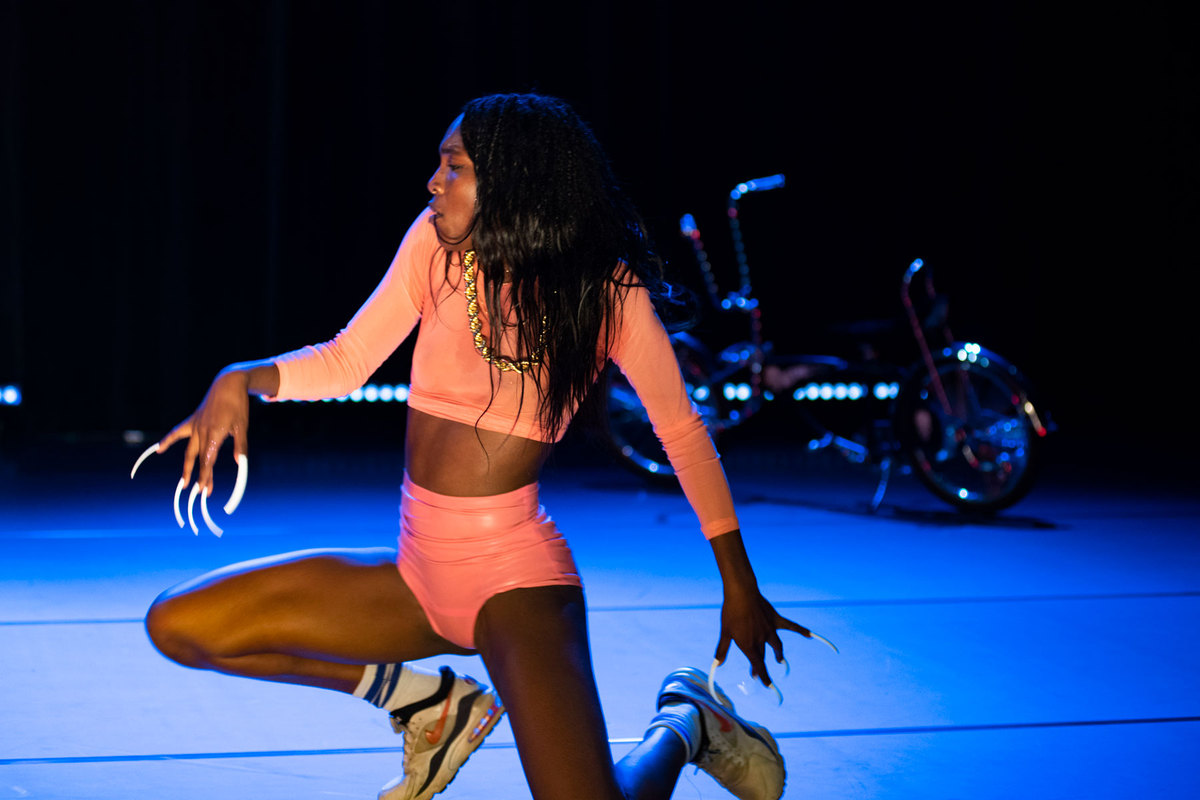
actoral 2020 JEZEBEL © Annelies Verhelst
Even in the 90s, from Snoop to Prince, US black culture reappropriated the codes of the wealthy white male, yuppies and their likes, and turned them into black codes. Today, Kanye West has reached such extremes in his replica of the white billionaire culture that he’s ending up endorsing values from the most conservative catholic and racist white culture. It’s a weird process. Money used to be a tool for political recognition of social minorities, now it’s a tool for individual power and megalomania. But it’s a complete other storytelling in Europe.
Also, being black and having money means: « I made it in society ». I do feel that The Netherlands is a sort of cross replica of The States. The media access is so dominant – the images and the culture of the States has/had echoed its way into the Netherlands. I could see how much my ex-boyfriend was influenced by rap culture and this dominant male attitude, and the wealth aspect of it. Europe has its own diverse narrative as well.
Were you involved in hip-hop culture and street dance when you grew up ?
Yes, I first started following hip-hop and street dance classes, going into my bachelor year this was somewhat erased. But there were a lot of options in my department: hip-hop , house and other “urban” dances… My idea of studying at an academy was far removed from with the approach here. If you want me to succeed in the field, come and give me technical classes, you know? So it had a lot to do with my own idea of what a technical dancing body is. Because hip-hop and street dance are technical.
The rising generation does envision dance with a radically different approach and culture. What is your relation towards young audiences or young dancers ? How do they relate/react to JEZEBEL?
It’s a very intense and interesting time that we live in now. But for JEZEBEL, when it comes to a young audience, I haven’t had many opportunities yet to go into dialogue with them. The main thing I was dealing with was the fact that I was quite apprehensive of how a non-white audience, would perceive all of this. This actually got a lot to do with how I looked at the Video Vixens and the representation of the black female. I was worried that people would think that I would keep certain negative stereotypes intact. That was my biggest fear. But on the contrary it seems, because people, of course, speak up. Yesterday, a programmer told me: “It was very confronting but so great!” She thought it would be great to present the work at their theater. The theater is situated in the South-East of Amsterdam which in my experience has a differently mixed community compared to what one would experience in the center of Amsterdam. It would be an encounter with a different, maybe younger, audience. For me, these encounters are very interesting; to be able to play in front of a younger audience and to find out what their idea of hip-hop, pop culture is – as well as the abstraction I try to make of it in the performance. To see how it resonates with them and what kind of dialogue arises. We did sometimes play for a young audience with Sorry… Even though there’s a constant access to everything through social media – and teenagers nowadays are way more aware of certain things – still somehow live performance can make them see things in a different light. For me, that’s a very interesting thought, cause I do feel like now there’s this whole Internet culture, in which we all know who we supposedly are and how can express ourselves. But then, with a young audience, this live encounter makes them completely lose their vocabulary and then they have to see rediscover how to experience things and how to relate to them in a genuine way. Sometimes, you feel like, wow, they’re super ahead – these boys and girls. At the same time, I recognize things from when I was young. But yes I am very curious about how a younger audience would experience JEZEBEL.
JEZEBEL is also very frontal, “in your face”. There’s almost an educational process towards the gesture rather than speech. It’s replacing the body at the center of the game, whatever its genre.
I do feel that in this time we live in, there are so many different propositions and possibilities. And frankly, for people of a younger age, it becomes maybe a bit schizophrenic. There’s a broader spectrum. So there’s so much going on simultaneously that you almost don’t need to classify, there are all these possibilities and less rigid structures, how they release things and open up. But again, and I just think this has to do with mainstream media, there is also the aspect of things becoming a hype, which is a bit scary due to the constant possibility of things changing instantaneously.
Jezebel is some kind of evil in catholic religion, she embodies sexual temptation. Why did you connect this figure to Video Vixens ?
For me, it’s literally reclaiming something and making a real life character out of it. It was more about the “black” Jezebel. So, not the biblical character, but also how there are so many references that are super similar in that case. Which made me decide that, I really want to focus on that side of the Video Vixens. And instead of having a title, I just wanted to use that name, and actually have this character Jezebel, and to also look at how she can become ambiguous and uncanny. I almost don’t see her as real human. Like when I decide to twerk, the decision of twerking is not based on wanting to be cool, but is some kind of drill based on repetitiveness. It’s really about reclaiming, reappropriating certain things and creating a whole universe, like I mentioned.
I’d like to talk a bit about the musical side also. Not only the 90s “chopped and screwed” hip hop, DJ Screw and the likes, but also the soundscape at some point. Did you work with a proper composer ?
Yeah, it was very nice and a big experiment for both of us. Michael Nunes actually composes live lounge music most of the time. So when I asked him to compose the sound, he was like: “Girl, I don’t know if I could do that”. Yes, you can! (laugh) And so we were both just exploring and seeing what would work for this, especially this uncanny fact, not to use too many recognizable songs. Only one is Big Pimpin’ by Jay-Z. But I got really inspired also by the chopped and screwed technique. So I really wanted to see how we can have elements of it, like the stop time, making things way longer, scratching and really creating distortion sounds which go with the music. Then we had to chose which track, which element we’d use. But for me, the whole soundscape of the performance has this big chopped and screwed influence. And there are things that are a bit more soundscapy and ambiguous. He used sounds of a market place. At first, we could hear people talking and then he tweaked and distorted this in a way to make it sound more animalistic and strange. So yeah, it’s been a big experiment: influenced by hip-hop in itself, rap also, but also by adding distortion to make the things less recognizable. It became a new form. I also asked him to work with a clap sound, mainly for the twerk section, to see how it can have the connotation that I have with the twerk making the clap sound.
Some “broken” moves in Sorry… remind me a bit of the Voguing movement, the transgender ballroom dance scene.
Yes, there are some movements that are from the Voguing scene. What this style triggers for Benjamin and I is this hybrid body and conscious performativity of gender and social types. Which is connected to the theme of the piece, trying to embody disidentification as a strategy. One of the main elements in the queer/ballroom scene.
JEZEBEL is also like a physical cut-up, a collage of multiple identities converging into one. As if chopped and screwed skills were applied to the body.
It is something that I found in the creation of JEZEBEL, to also understand how my body moves. And if I want to pass this on to other dancers, what techniques could I use? I’m interested in applying the chopped and screwed technique to the moving body. Which is a remix technique mostly used in hip-hop music, a method in which the tempo of the music is sharply reduced. By stretching the notions of time, the register changes and the body on stage manages to generate new readings.I think it can be an interesting method to inform our body. Not only the moving body, but also the voice. So, this is a big experiment that I will start exploring during the warm-up session, a workshop I will lead at Lafayette Anticipations. I will continue this research during the creation process of a duet called DARKMATTER (scheduled for 2022), in which my partner and I will share the stage with The Distorted Rap Choir, a ten piece choir of local performers.
